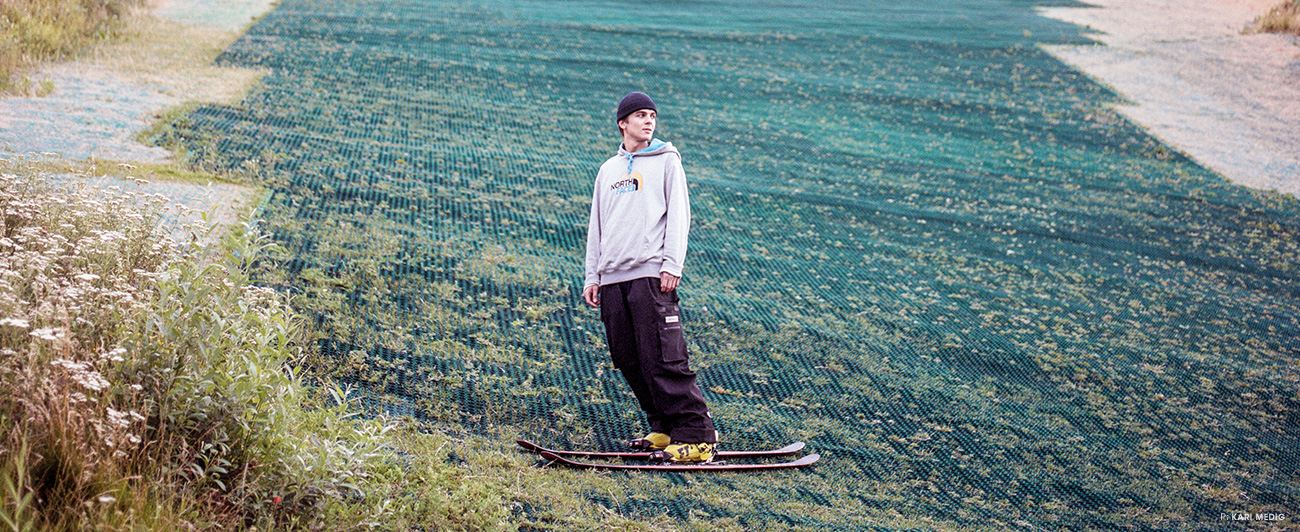Culture
Copenhagen
Synthetic Mountain: From Trash To Treasure In Denmark
I couldn’t remember if I’d ever ridden a bike to a ski hill before. It was a July morning in Copenhagen, Denmark, and Google Maps dropped me from my hotel into a peloton of fellow cyclists winding through the city’s bike lane labyrinth. The café-lined streets turned into a wooded bike path on the edge of a more industrial part of town. On a bridge over crystalline water, I stopped and caught a glimpse of my summit objective. Framed by the trees on the horizon was a striated silver wedge: a building to be sure, but also a synthetic mountain. I could barely make out the silhouette of a T-bar on its roof. Rising above it all like a Patagonian spire, a smokestack with a wispy puff of smoke. It was my first glimpse of Amager Bakke, known colloquially as Copenhill, an architectural wonder and home to a year-round ski culture hundreds of miles from any mountain ranges.
I rolled my rental bike up to the base of the hill and was struck by the enormity of the structure. Rising 300 feet, a cliff face made of raw aluminum rectangles filled with plants held up a jigsaw of colourful climbing holds (I would learn later it’s the highest climbing wall in the world). I strolled right from the street onto the base of the ski hill and found Jakob Ebskamp, Copenhill’s affable marketing manager. Wearing a black t-shirt and ski pants on a warm but windy summer day, the 20-something with dark curly hair was wriggling into his ski boots…
